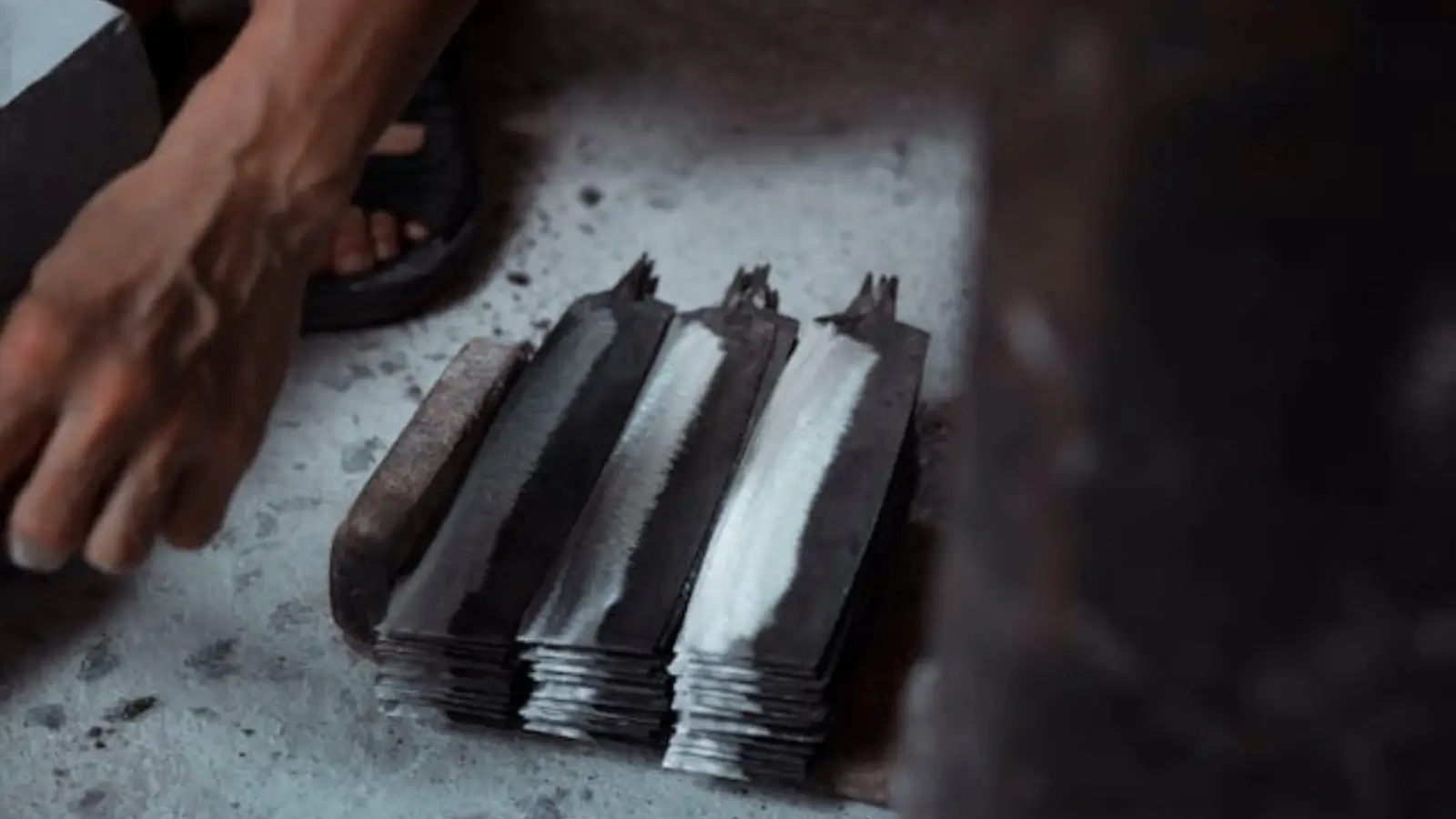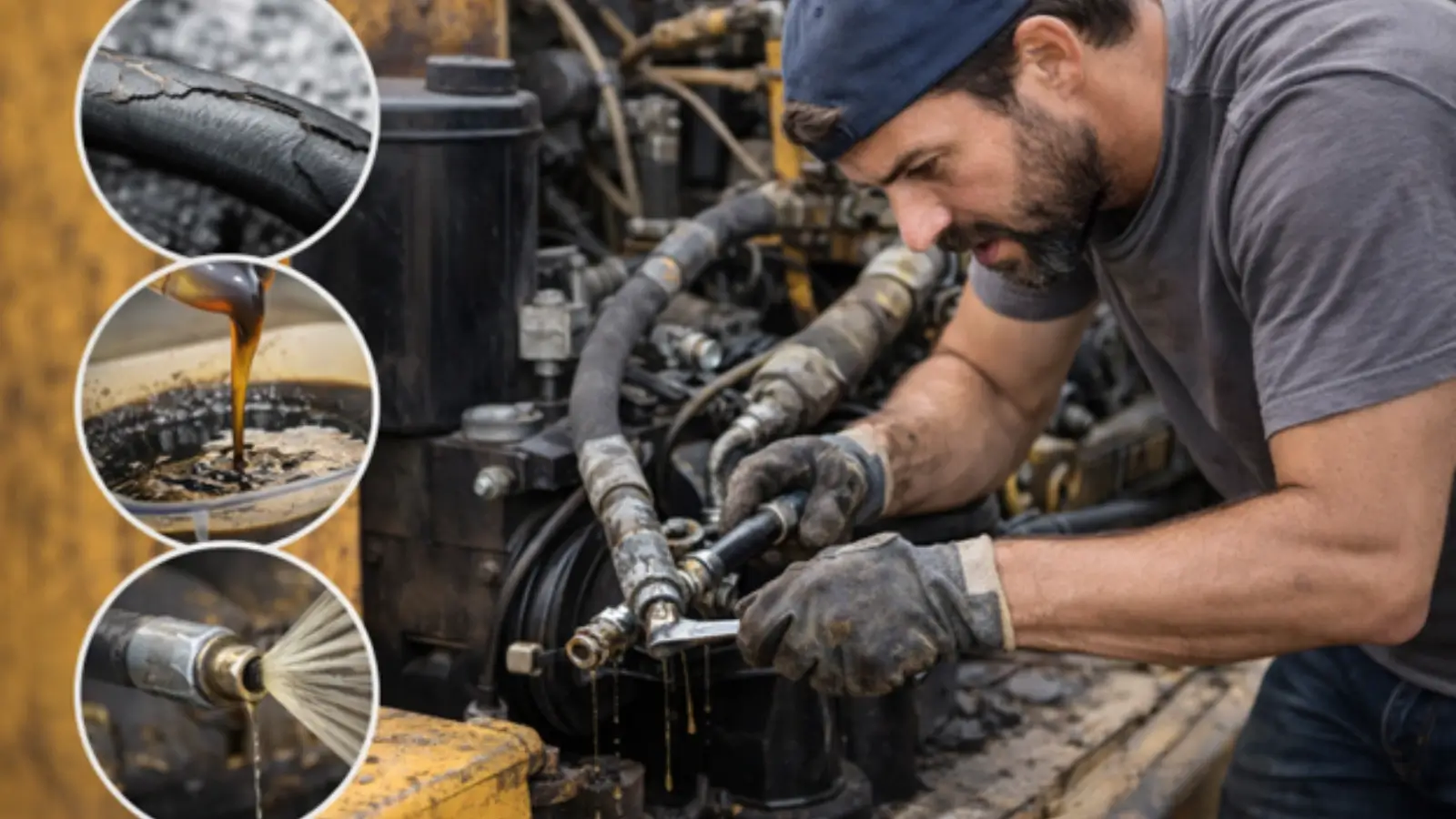A utility knife is one of the most versatile tools in any toolbox. From cutting cardboard and rope to trimming plastic or even light-duty woodworking, it’s an essential tool for DIY enthusiasts, professionals, and hobbyists alike. However, the performance of a utility knife heavily depends on the quality and type of blade you use. Choosing the wrong blade can lead to inefficient cuts, frequent replacements, and even potential injuries.
This comprehensive guide will help you understand the different types of utility knife blades, their applications, and tips for selecting the right one for your needs.
Why Blade Selection Matters
Not all utility knife blades are created equal. The right blade ensures:
-
Precision: Accurate cuts without tearing or fraying.
-
Durability: Longer lifespan and fewer replacements.
-
Safety: Reduced risk of slipping or accidents.
-
Efficiency: Faster and cleaner cuts, saving time and effort.
Using a dull or inappropriate blade can damage materials, make cutting more laborious, and increase the chance of accidents.
Types of Utility Knife Blades
Utility knife blades come in a variety of shapes, sizes, and materials. Here are the most common types:
1. Standard Straight Blades
These are the most widely used utility knife blades. They have a simple, straight edge and are ideal for general cutting tasks like cardboard, plastic, leather, and thin wood sheets.
Best for: Everyday use, general-purpose cutting.
2. Hook Blades
Hook blades have a curved tip that resembles a hook. This design allows the blade to slice through materials like carpet, linoleum, roofing materials, and foam without damaging underlying surfaces.
Best for: Carpet installation, roofing, or cutting materials on floors.
3. Snap-Off Blades
Snap-off blades are segmented blades with multiple sections that can be snapped off when the tip becomes dull. This allows for continuous sharpness without replacing the entire blade.
Best for: Professionals who need consistent sharp edges, such as construction workers, crafters, and graphic designers.
4. Tungsten Carbide Blades
Tungsten carbide blades are extremely durable and maintain sharpness for a long time. They are resistant to wear and ideal for cutting tougher materials like heavy-duty cardboard, fiberglass, and linoleum.
Best for: Industrial applications or cutting hard materials.
5. Specialty Blades
Some utility knives come with specialty blades, such as:
-
Double-Edge Blades: Provide more cutting surfaces.
-
Curved Blades: For precision work in crafting or leatherwork.
-
Scoring Blades: Used to make shallow cuts in tough materials like glass or acrylic before snapping them cleanly.
Best for: Specific projects requiring specialized cuts.
Blade Materials
The material of the blade affects durability, sharpness, and overall performance. Common materials include:
-
Carbon Steel: Sharp and affordable but prone to rust if not cared for properly.
-
Stainless Steel: Rust-resistant and durable, suitable for everyday use.
-
Tungsten Carbide: Extremely hard and long-lasting, ideal for heavy-duty or industrial work.
Choosing the right material depends on how often you use the blade and the types of materials you cut.
How to Choose the Right Blade
When selecting a utility knife blade, consider the following factors:
1. Type of Material You’ll Be Cutting
Different materials require different blades. For example, a standard straight blade works well on cardboard, but a hook blade is better for cutting carpets or roofing materials. Tungsten carbide or heavy-duty blades are best for thick or abrasive materials.
2. Frequency of Use
If you use a utility knife frequently, consider snap-off or tungsten carbide blades. These options save time and money by maintaining sharpness longer.
3. Precision Requirements
For detailed or intricate cutting, choose a blade designed for accuracy. Thin, sharp, and pointed blades are ideal for crafting, leatherwork, or vinyl cutting.
4. Durability vs. Cost
While high-quality blades may cost more upfront, they save money in the long run by lasting longer and reducing the need for replacements. Investing in premium blades is worth it for professionals or frequent users.
5. Safety Considerations
Blades that stay sharp longer require less force, reducing the risk of slips. Hook blades prevent damage to underlying surfaces, and snap-off blades minimize the need to handle dull, dangerous edges.
Proper Blade Maintenance
Even the best utility knife blades require care to maintain performance.
-
Keep Blades Clean: Remove adhesive residue, paint, or debris after use.
-
Store Properly: Use protective covers or blade holders to avoid accidental cuts.
-
Sharpen When Needed: Some blades can be resharpened; snap-off segments work for continuous sharpness.
-
Inspect for Damage: Never use a bent or chipped blade, as it can compromise safety and accuracy.
Proper maintenance prolongs the lifespan of your blades and ensures safe, efficient cutting.
When to Replace Your Blade
Knowing when to replace a utility knife blade is crucial for safety and performance. Signs it’s time for a new blade include:
-
Increased force required to cut materials.
-
Jagged or uneven cuts.
-
Visible chips, rust, or wear on the edge.
-
Snap-off blades with all segments used.
Replacing blades promptly avoids accidents and ensures smooth, clean cuts.
Where to Find High-Quality Utility Knife Blades
For anyone serious about their tools, choosing a trusted supplier is essential. Brands like OLFA are known for durable, reliable blades suitable for both professional and DIY applications. You can explore a wide range of high-quality options here: https://cs2sales.com/olfa/.
Tips for Safe Utility Knife Use
-
Always cut away from your body.
-
Use a cutting mat or protective surface.
-
Keep fingers and hands clear of the cutting line.
-
Secure materials before cutting.
-
Wear safety gloves if necessary, especially when handling heavy-duty blades.
Safety should always be a priority when working with sharp blades, regardless of the type or material.
Final Thoughts
Choosing the right utility knife blade is more than just a matter of preference—it directly affects efficiency, safety, and the quality of your work. By considering the type of blade, material, frequency of use, and precision requirements, you can select a blade that meets your needs and lasts longer.
Investing in high-quality blades, properly maintaining them, and knowing when to replace them ensures your utility knife remains a reliable tool for years to come. Whether you’re tackling home projects, professional tasks, or creative endeavors, the right blade makes all the difference.

















